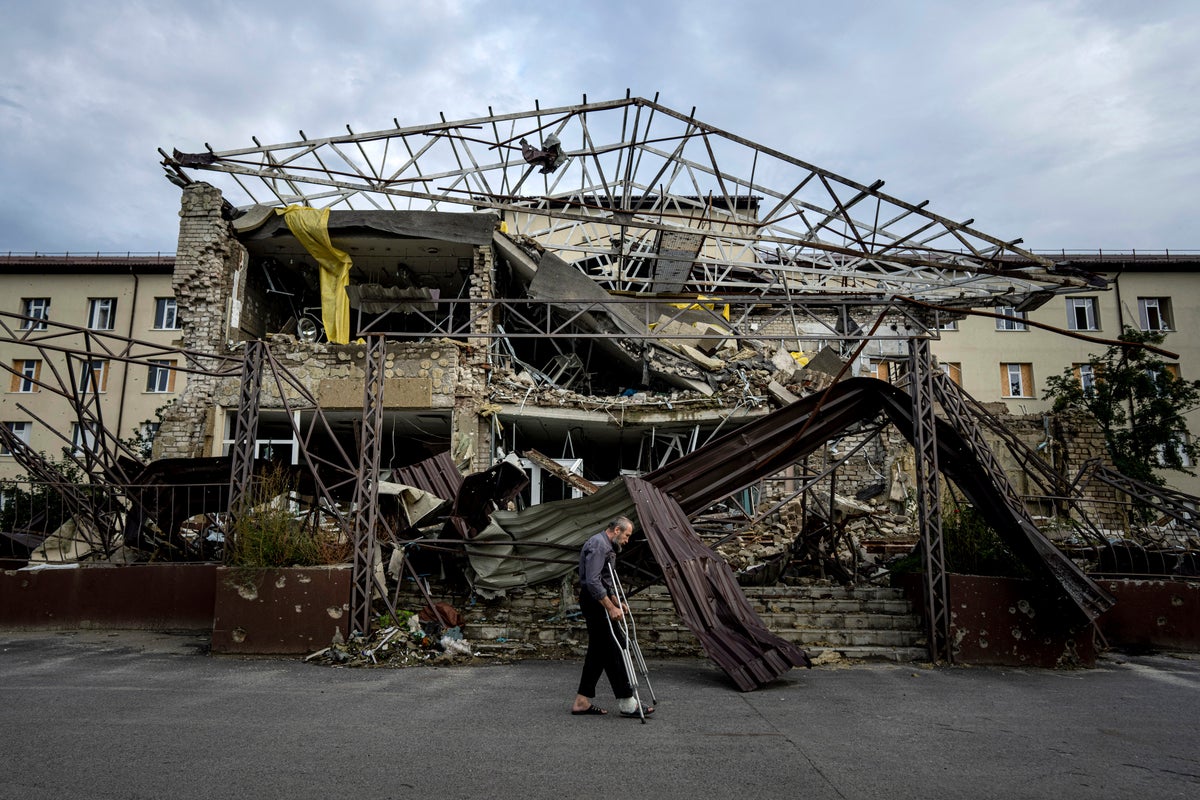
Kyiv and western allies have accused Russia of claiming Ukraine plans to use a “dirty bomb” as a plot to use a threat of a missile laced with nuclear material as a pretext for escalation of the war.
On Sunday night, amid a Ukrainian advance on Kherson, Moscow’s defence minister Sergei Shoigu phoned Western counterparts to tell them his country suspected Kyiv of planning to use a “dirty bomb“ and that the war was trending towards “uncontrolled escalation.”
Ukraine does not possess nuclear weapons, while Russia has said it could protect its territory with its nuclear arsenal.
Mr Shoigu’s claim was denounced by Ukrainian foreign minister Dmytro Kuleba, who referred to the accusation as “absurd” and “dangerous”, while a joint statement, Britain, France and the United States said that the “world would see through any attempt to use this allegation as a pretext for escalation.”
On Monday, Russia continued to insist that Kyiv was plotting to detonate a device laced with radioactive material.
What is a dirty bomb?
A dirty bomb is a type of radiological dispersal device (RDD) that combines a convential explosive with radioactive material.
As is the case with most RDDs, dirty bombs would not release enough radiation to kill people or cause severe health issues. Indeed, it is often the conventional explosive that is most harmful to individuals.
Low levels of radiation exposure usually do not cause any symptoms. People may not know whether they have been exposed because radiation cannot be seen, smelled or tasted.
Dirty bombs, unlike nuclear bombs, are known not as “weapons of mass destruction”, but a “weapons of mass disruption”, since they are often used as a means of stirring up fear and mass panic among targets.
Defence officials are keen to emphasise that a dirty bomb bears no relation to a nuclear bomb, which has the capacity to create an explosion millions of times before powerful than an RDD.
Radiation clouds from nuclear bombs can also spread tens to hundreds of square miles, while those from a dirty bomb can only disperse within miles of the explosion.
Of course, the reach of local contamination depends on a long list of variables, including the size of the explosive, the amount and type of radioactive material used to create it, the way it was deployed and the weather conditions.
The radioactive dust and smoke can spread far and are dangerous if inhaled near the blast’s epicenter. But as radioactive material spreads through the atmosphere, it becomes less concentrated and less harmful.
Key factors in radiation exposure are what type of radiation it is, how long someone is exposed to it, and whether the radiation was absorbed through the skin, inhaled or consumed orally.
Specialised equipment is required to detect radiation. Contaminated homes, businesses and public services could be placed off-limits for months and need an expensive clean-up operation.







